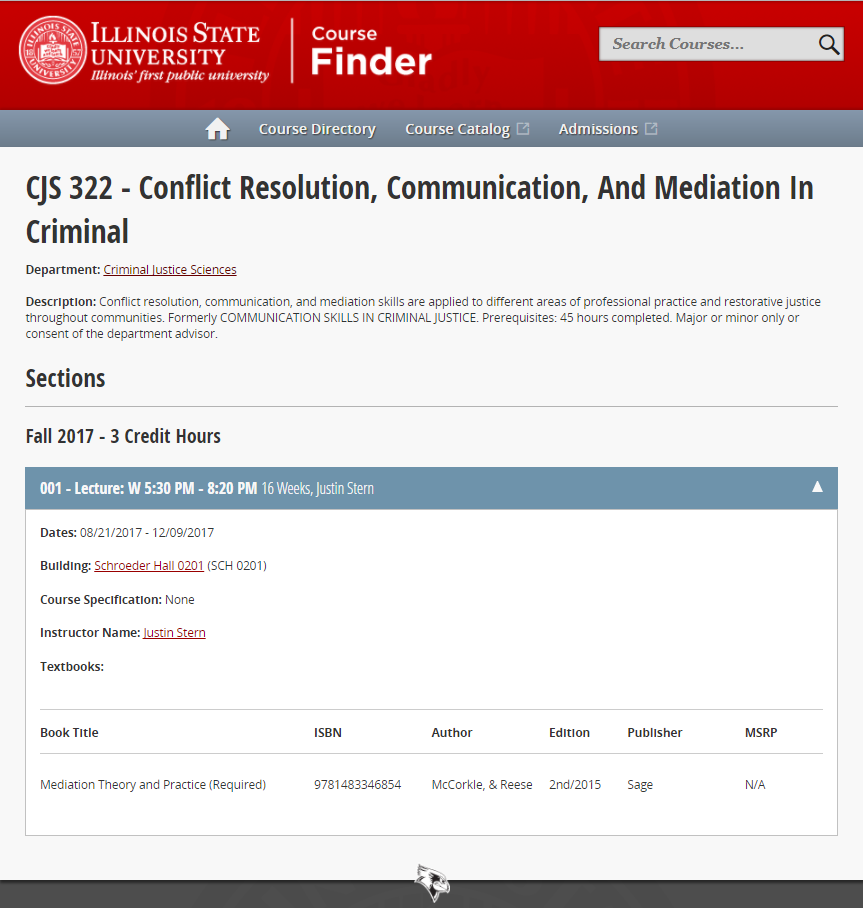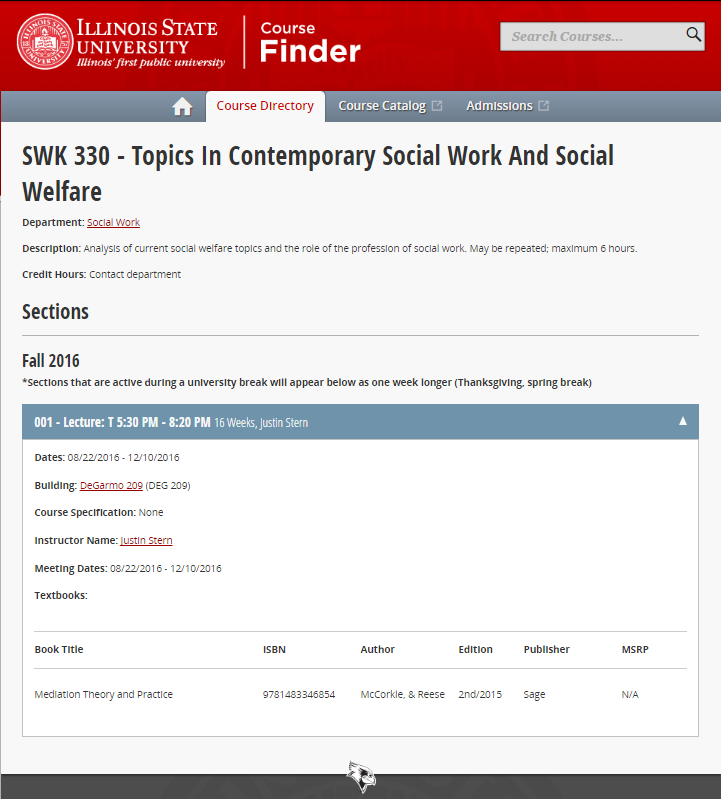Hard work pays off, and the almighty dollar is not always the reward you need; I’m talking about accepted conference proposals! One thing that the field of Student Affairs values is the notion that we must advance ourselves of Student Affairs professionals, and it is our responsibility to develop and grow out field. One such way of accomplishing this task is through conferences; both attending and presenting at them. Attendance at a conference however is something that anyone with a budget can do, presenting at one is a whole other ballgame. Justin Stern has been fortunate enough to have been selected for several conferences this academic year, and the best is still to come!
In the summer of 2017…
Justin Stern had the privilege of being accepted into the “Going Global with Your Course” cohort at Illinois State University through the Center for Teaching and Learning; this cohort was focused on the “design or revamp [of] your course to make it more globally engaged, in keeping with Educating Illinois and the University’s International Strategic Plan”. At the culmination of this 5 week workshop, Justin was invited to present on his work at the 2017 Summer Showcase. In this showcase, Justin presented on his work in Criminal Justice Sciences regarding his course on Conflict Resolution, Mediation, and Restorative Justice (CJS 322) and his efforts to give the curriculum a more global lens.

In the fall of 2017…
Justin submitted a proposal to the Illinois State University Culturally Responsive Campus Community Committee and has his proposal accepted for the 2017 conference! During this conference Justin presented on Restorative Justice in Illinois and discussed its applicability in a range of areas including PK12, Higher Education, and the community at large.

In the spring of 2018…
Justin submitted a proposal to the Association for Student Conduct Administrators (ASCA) for the 2018 Annual Conference and had it accepted; this will be Justin’s first presentation at the ASCA Annual Conference! Justin will be presenting on “Creating an Academic Course in Conflict Resolution, Mediation, and Restorative Justice”.



